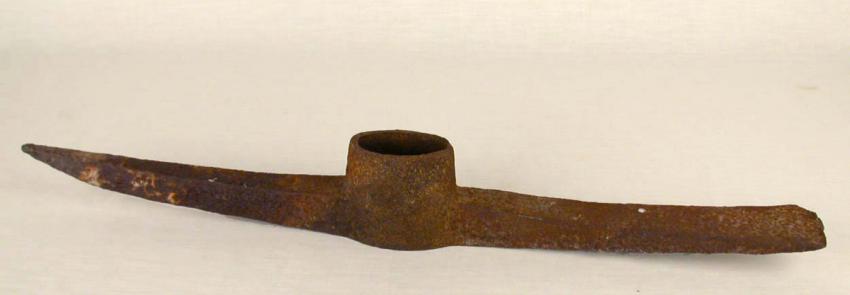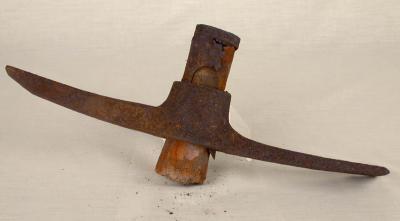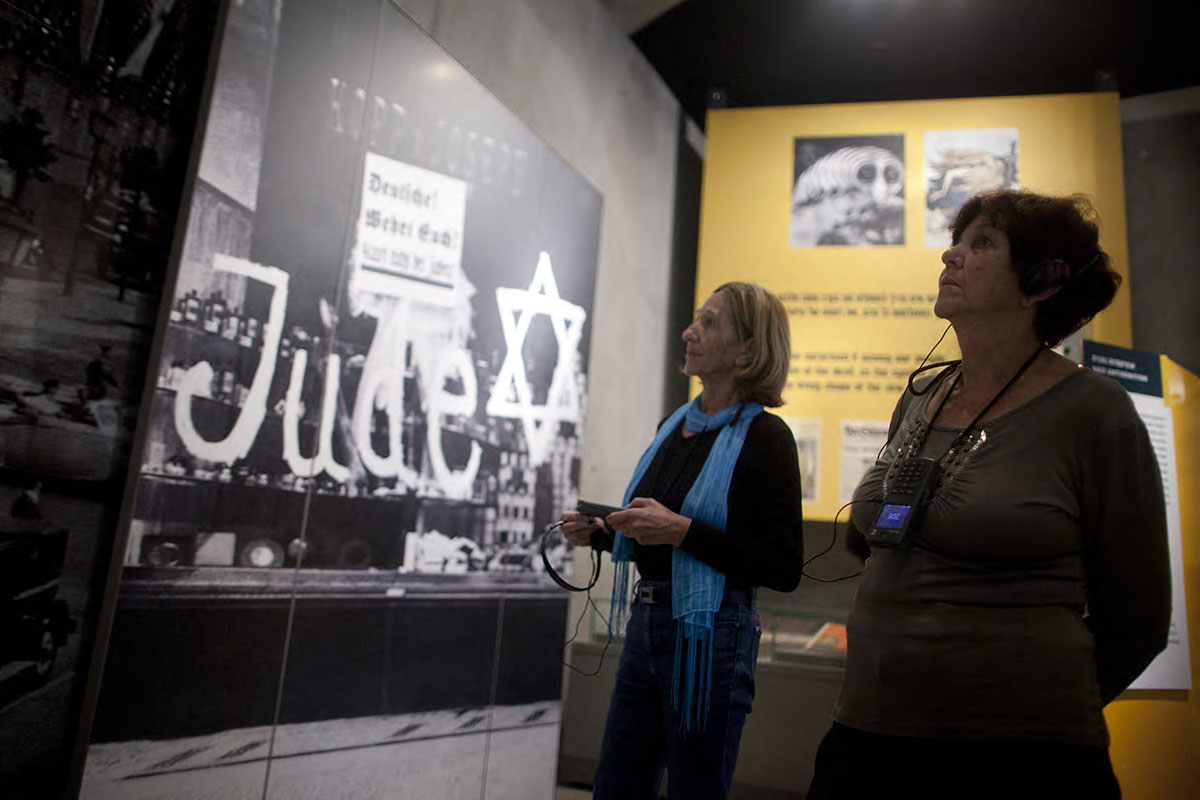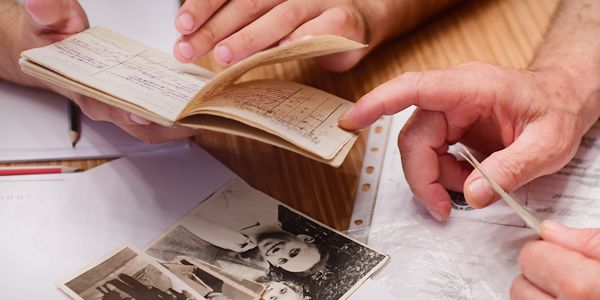Following the collapse of the Eastern Front, a group of Jewish women was sent from Auschwitz Birkenau to the border between Czechoslovakia and Germany in order to dig anti-tank trenches; they worked, digging in the Schlesiersee region from October 1944.
Sunday to Thursday: 09:00-17:00
Fridays and Holiday eves: 09:00-14:00
Yad Vashem is closed on Saturdays and all Jewish Holidays.
Entrance to the Holocaust History Museum is not permitted for children under the age of 10. Babies in strollers or carriers will not be permitted to enter.








